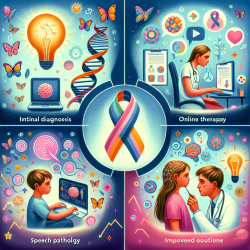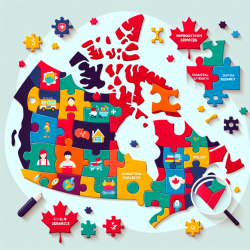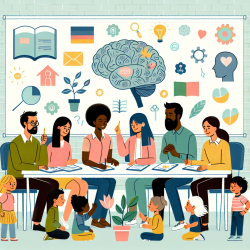Understanding Bardet–Biedl Syndrome
BBS is characterized by a range of symptoms including rod-cone dystrophy, renal malformations, polydactyly, learning difficulties, central obesity, and hypogonadism. Diagnosing BBS requires the presence of at least four primary features or three primary features and at least two secondary features. Early detection is crucial for effective management.Case Highlights
The case series presented four Sudanese patients with varied manifestations of BBS. Here are the summarized details:- Case 1: A 38-year-old female with chronic kidney disease, retinitis pigmentosa, and post-axial polydactyly.
- Case 2: A 50-year-old male with chronic kidney disease, retinitis pigmentosa, and post-axial polydactyly.
- Case 3: An 18-year-old female with diabetes mellitus, retinal dystrophy, and post-axial polydactyly.
- Case 4: A 16-year-old male with retinal dystrophy, cataract, and post-axial polydactyly.
Key Takeaways for Practitioners
To improve your practice, consider the following points derived from the case series:- Early Diagnosis: Increased awareness and early detection are vital to managing BBS effectively. Be vigilant for the combination of primary and secondary features.
- Multidisciplinary Approach: BBS management requires a team including pediatricians, nephrologists, cardiologists, ophthalmologists, and speech pathologists. Early educational interventions and adaptive living skills are essential for children.
- Family Genetic Counseling: Given the genetic nature of BBS, counseling can provide families with valuable information and support.
- Supportive Care: Regular monitoring and supportive treatments, such as managing obesity through diet and exercise, can help mitigate complications.
Encouraging Further Research
The case series underscores the need for more research, especially in resource-limited settings. Practitioners are encouraged to document and share their findings to contribute to the global understanding of BBS.Conclusion
BBS is a complex syndrome that requires a high index of suspicion for diagnosis. Early intervention and a multidisciplinary approach are crucial for improving patient outcomes. Practitioners should stay informed about the latest research and collaborate to enhance care for affected individuals.To read the original research paper, please follow this link: Bardet–Biedl syndrome: a case series










